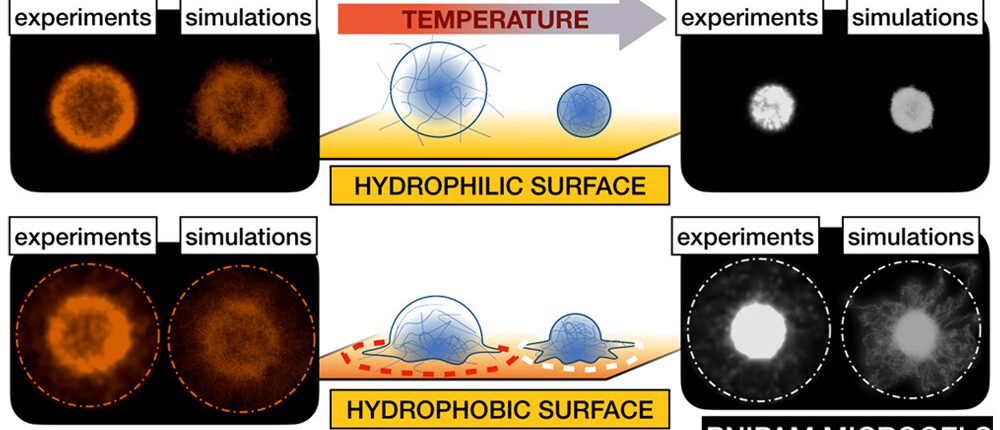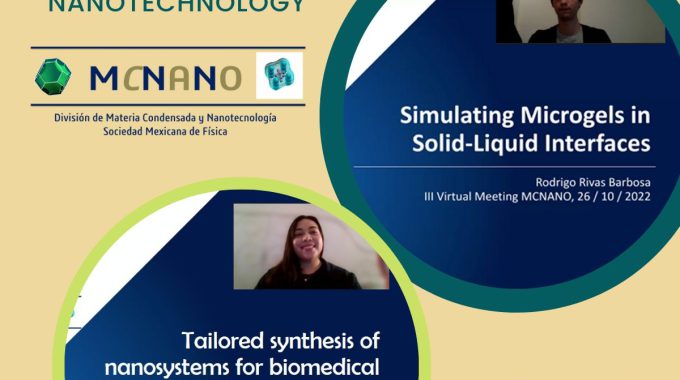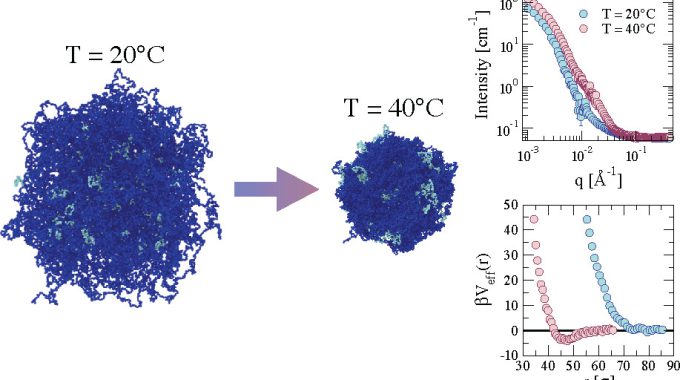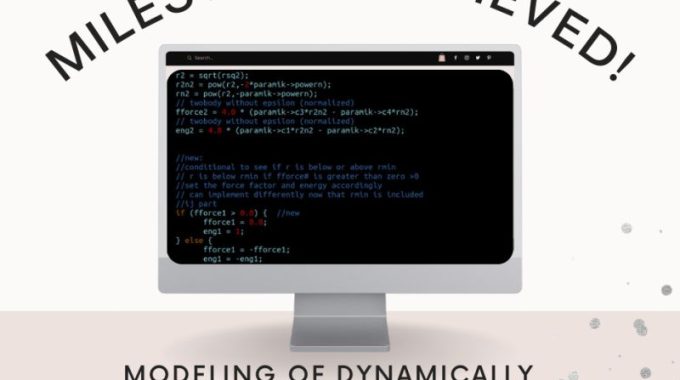
Paper: Probing microgel responsivity using super-resolution microscopy and numerical simulation
In a paper in ACS Nano, SuperCol teams at the University of Fribourg and Sapienza and La Sapienza University of Rome report how the use of super-resolution microscopy can enable in situ monitoring of the temperature response of microgels at the nanometer scale. In particular, they probed the response of microgels on a solid surface and investigated how this is influenced by surface characteristics. The robust agreement between experiments and simulations makes the study a fundamental step to establishing this high-resolution monitoring technique as a platform for investigating more complex systems.
ESRs involved are Xhorxhina Shaulli (supervised by Frank Scheffold) and Rodrigo Rivas-Barbosa (supervised by Emanuela Zaccarelli).
ABSTRACT
Super-resolution microscopy has become a powerful tool to investigate the internal structure of complex colloidal and polymeric systems, such as microgels, at the nanometer scale. An interesting feature of this method is the possibility of monitoring microgel response to temperature changes in situ. However, when performing advanced microscopy experiments, interactions between the particle and the environment can be important. Often microgels are deposited on a substrate since they have to remain still for several minutes during the experiment. This study uses direct stochastic optical reconstruction microscopy (dSTORM) and advanced coarse-grained molecular dynamics simulations to investigate how individual microgels anchored on hydrophilic and hydrophobic surfaces undergo their volume phase transition with temperature. We find that, in the presence of a hydrophilic substrate, the structure of the microgel is unperturbed and the resulting density profiles quantitatively agree with simulations performed under bulk conditions. Instead, when a hydrophobic surface is used, the microgel spreads at the interface and an interesting competition between the two hydrophobic strengths, monomer–monomer vs monomer–surface, comes into play at high temperatures. The robust agreement between experiments and simulations makes the present study a fundamental step to establish this high-resolution monitoring technique as a platform for investigating more complex systems, these being either macromolecules with peculiar internal structure or nanocomplexes where molecules of interest can be encapsulated in the microgel network and controllably released with temperature.
PAPER DETAILS
Xhorxhina Shaulli, Rodrigo Rivas-Barbosa, Maxime J. Bergman, Chi Zhang, Nicoletta Gnan, Frank Scheffold, and Emanuela Zaccarelli: Probing Temperature Responsivity of Microgels and Its Interplay with a Solid Surface by Super-Resolution Microscopy and Numerical Simulations. ACS Nano 2023, Publication date January 19, 2023. DOI: 10.1021/acsnano.2c07569




